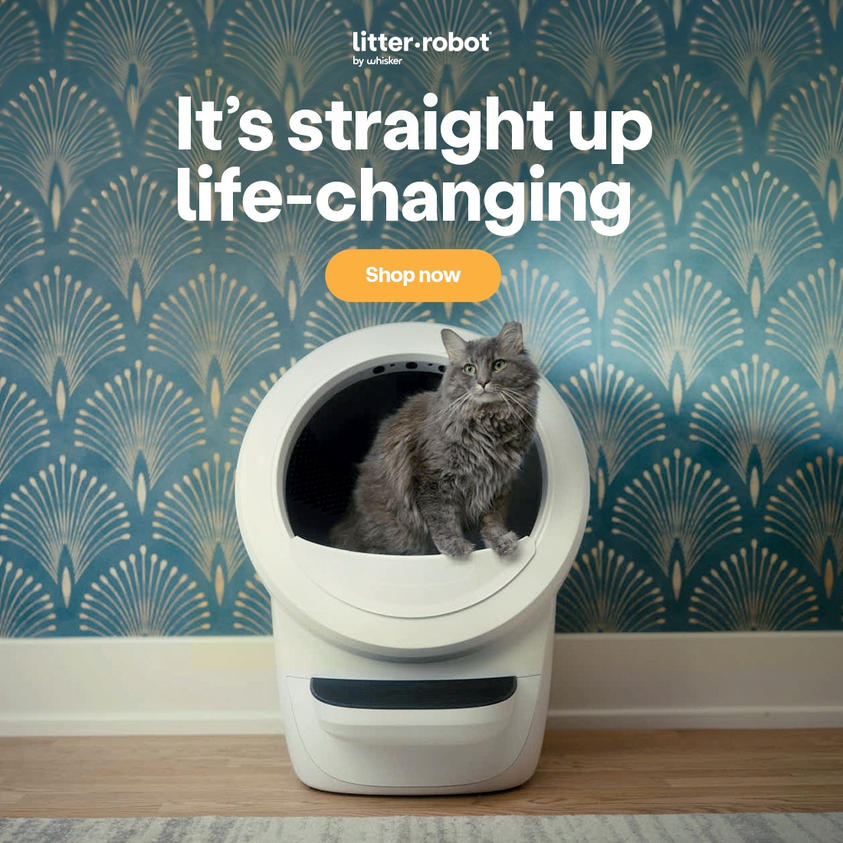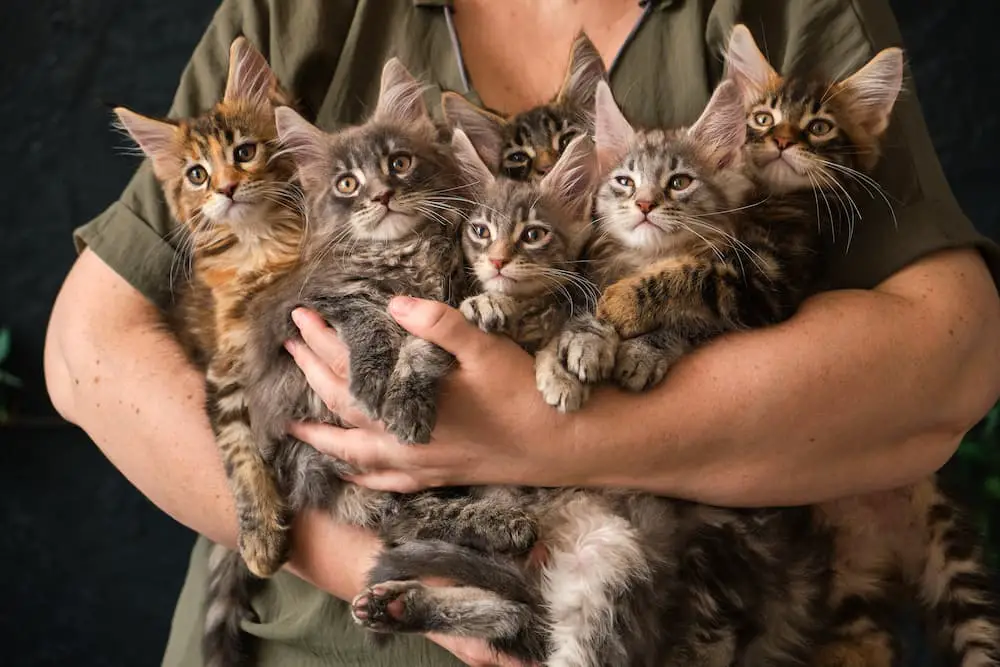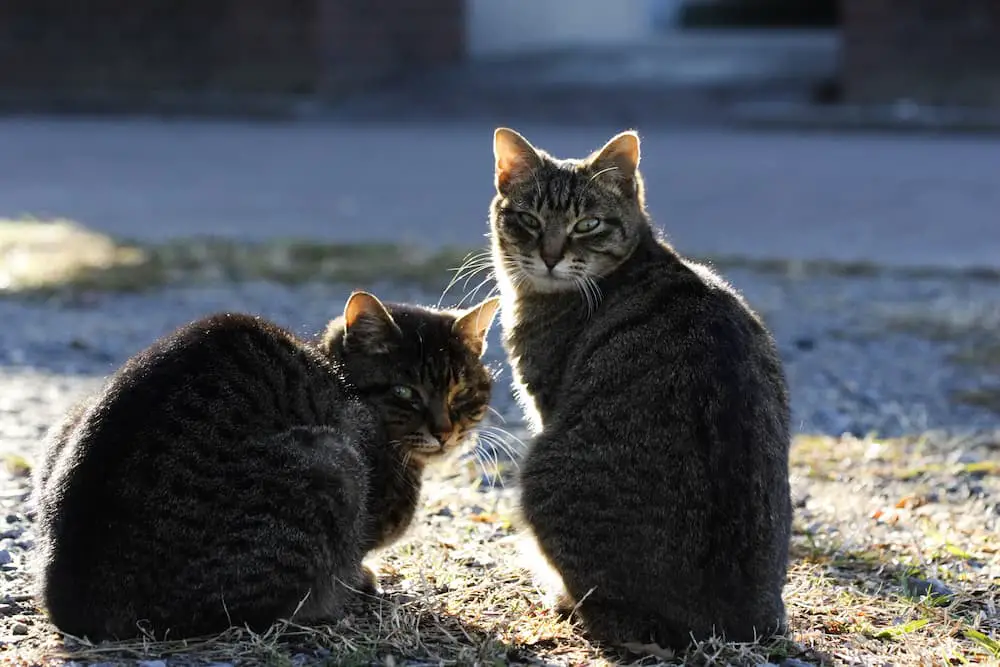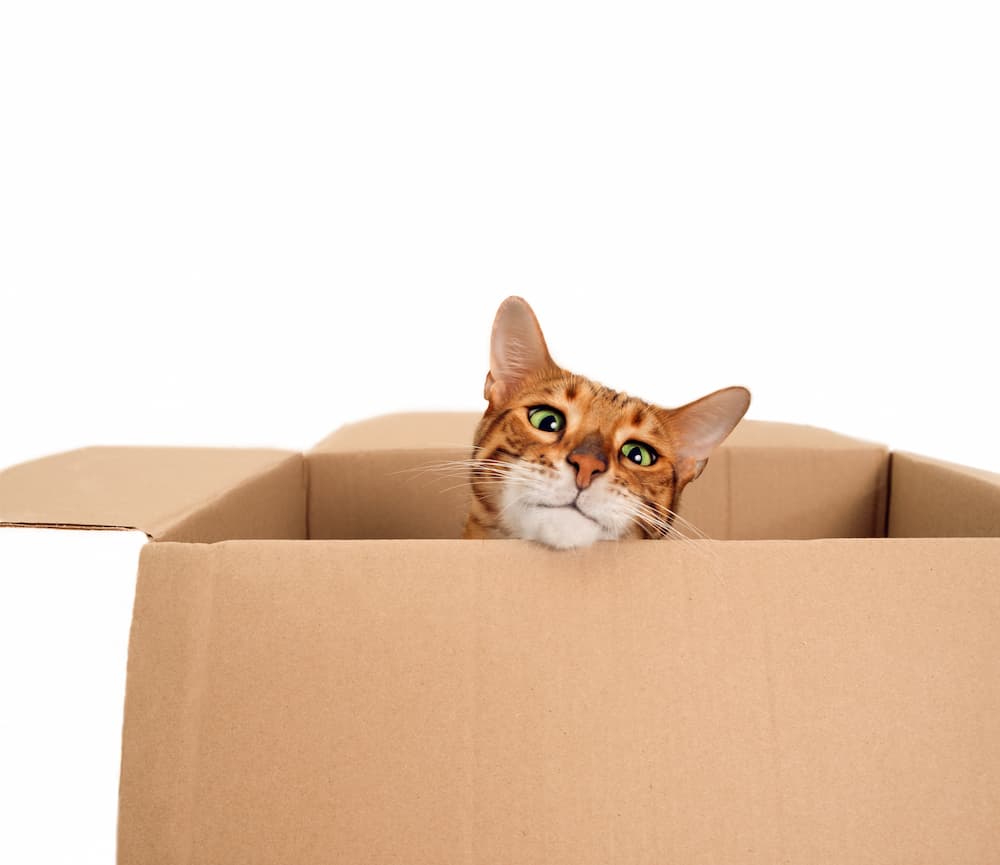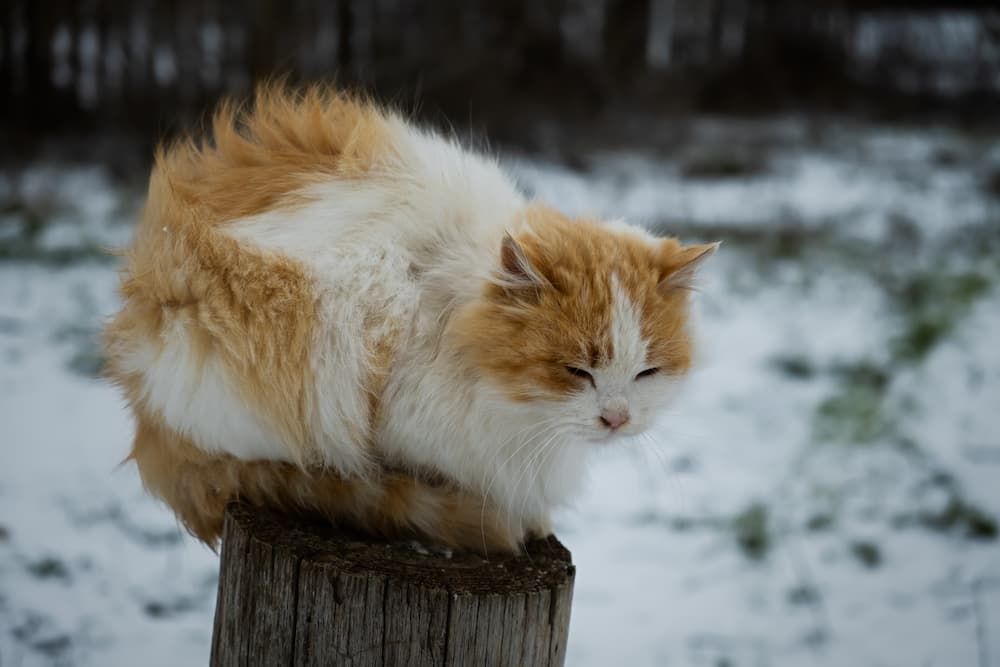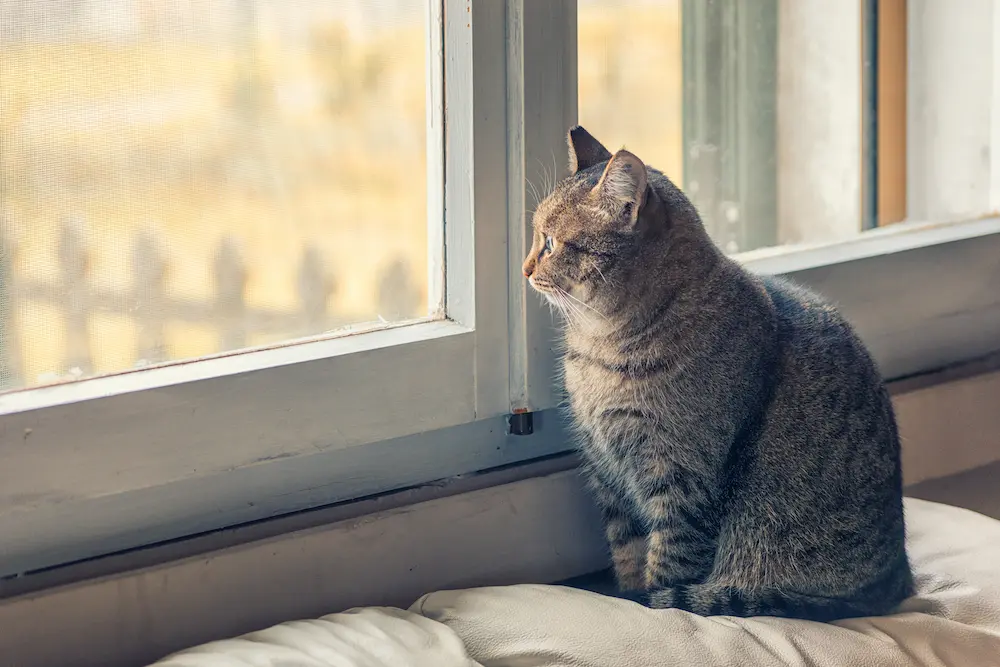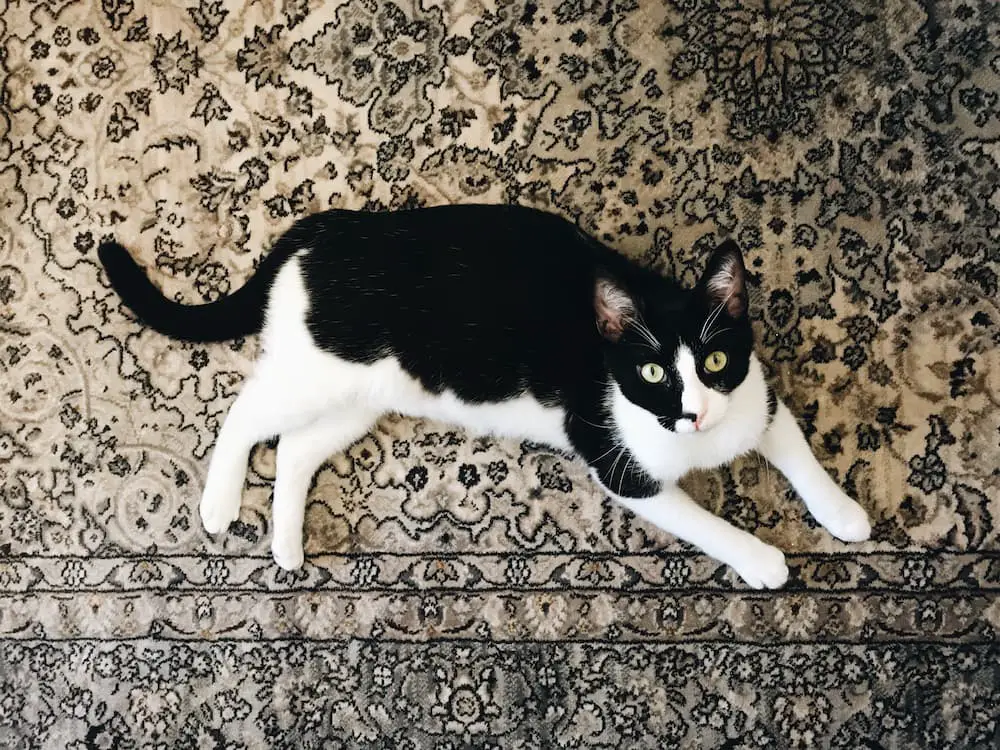The age-old debate on whether our feline friends are better off nestled on our living room sofas or left to roam the great outdoors is one that divides the pet community. For cat owners, the choice between keeping their companions indoors or allowing them the freedom of the outside world is a deeply personal one, often rooted in love, care, and the striving for the best life possible for their pets. In this article, we’ll navigate the complex considerations governing the great indoor vs. outdoor cats debate, aiming to provide clarity for the countless cat parents facing this decision.
We’ll tackle this divisive topic by surveying the pros and cons of both indoor and outdoor settings for our pets. Understanding that every cat’s situation is unique, we encourage you to take what resonates and consider how best to tailor your approach to the individual needs of your feline family member.
Pros of Indoor Cats
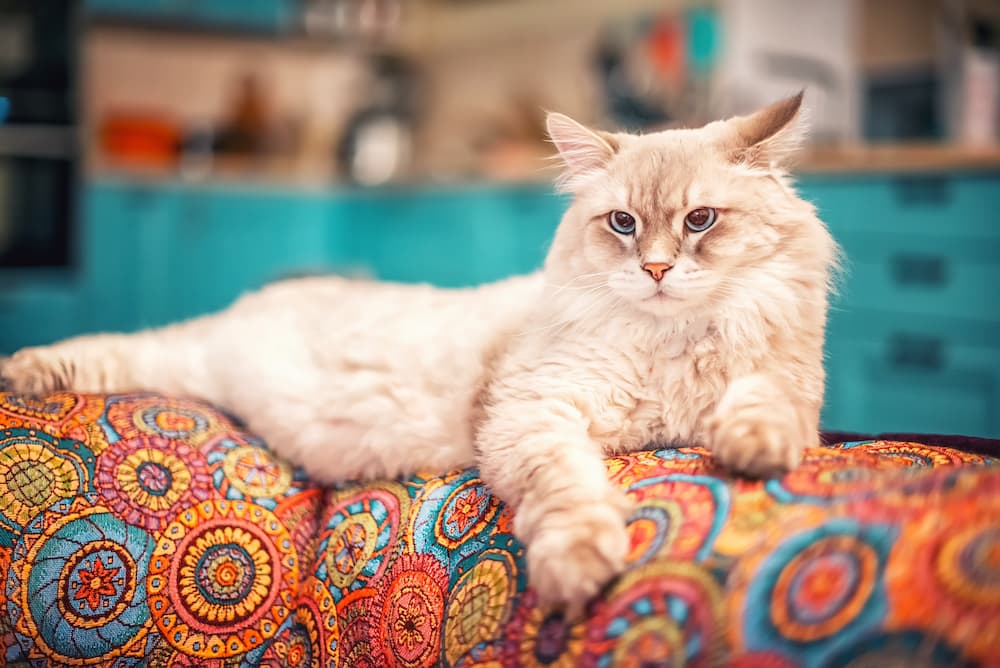
Safety and Protection
Indoor environments offer a sanctuary from outdoor dangers. Cats that spend their lives indoors are spared from traffic accidents, neighborhood predators, rough weather, and unmonitored human behavior. This protection is especially important for senior cats or those with health issues that could make them vulnerable in the great outdoors.
Reduced Exposure to Disease
Indoor cats are statistically less prone to contracting infectious diseases, which may be transmitted by other animals. This includes cat flu, feline immunodeficiency virus (FIV), and feline leukemia virus (FeLV). By eliminating exposure to street cats and wildlife, indoor living can dramatically reduce these risks.
Longer Lifespan
Several studies have suggested that cats kept exclusively indoors live significantly longer than those allowed outdoors. Indoor cats are less likely to face accidental death, such as that from cars or toxins, which can dramatically impact their expected lifespan.
Minimized Environmental Impact
Cats are natural hunters, and when allowed outdoors, they can pose a significant threat to local ecosystems. By keeping cats indoors, cat parents can play a role in conserving bird and small mammal populations, protecting local wildlife from predation, and rare or endangered species from extinction.
Cons of Indoor Cats
Boredom and Lack of Stimulation
House cats might lead safer lives, but they also run the risk of being bored if not adequately stimulated. A lack of environmental enrichment can lead to behavioral problems, such as aggression, over-grooming, and other stress-related issues that affect a cat’s quality of life.
Potential for Obesity
With fewer opportunities to exercise and boredom potentially leading to overeating, indoor cats face a heightened risk of obesity. This can lead to a myriad of health problems, including diabetes, orthopedic issues, and reduced overall life quality.
Behavioral Issues
Confinement indoors can sometimes lead to behavioral issues, such as excessive vocalization, inappropriate elimination, or compulsive behavior. Cats have an inherent need to climb, scratch, and express their natural instincts, which can be challenging to replicate within a limited space.
Restriction of Natural Instincts
By confining cats indoors, we may be inadvertently restricting their freedom to express their natural behavior. Activities like hunting and exploring are instinctual to cats and can be deeply satisfying. The question becomes how to provide for these instincts in a controlled and safe manner.
Pros of Outdoor Cats
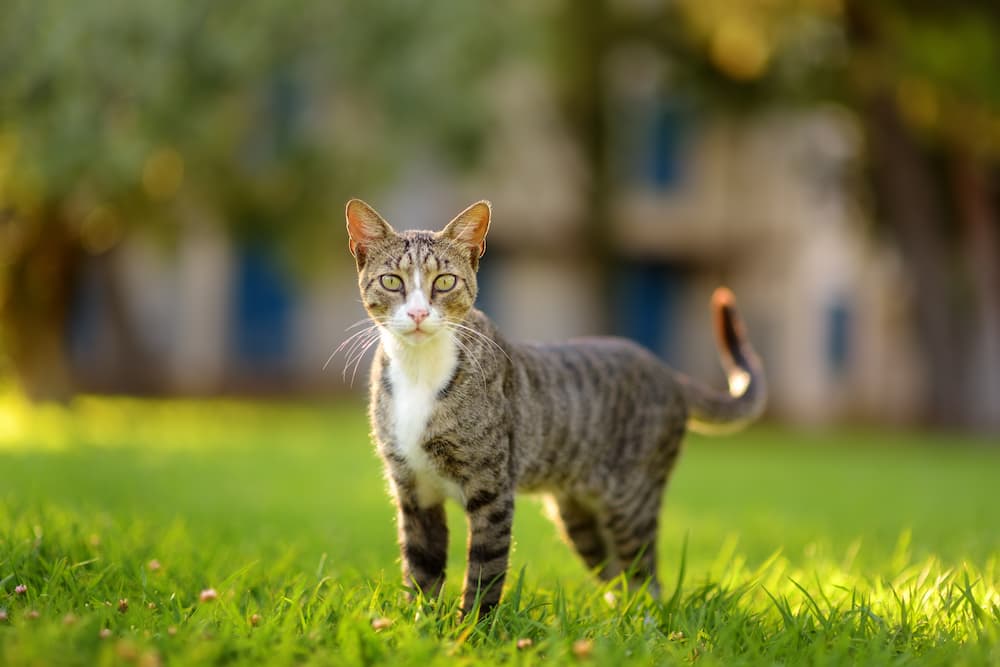
Environmental Enrichment
The great outdoors provides an unparalleled array of sensory stimuli and physical engagement. The sights, sounds, and scents of nature enrich a cat’s life, supporting their psychological well-being and sense of fulfillment.
Exercise and Mental Stimulation
Cats that can roam outside have more space to run, climb, and play, leading to better physical health. The mental stimulation from exploring the world beyond their home can also lead to a healthier, more contented pet.
Fulfillment of Natural Instincts
Hunting, climbing, and territory patrol are natural behaviors for cats. For some, the joy of pouncing on an insect or leaping into a tree might be the highlight of their day. Allowing outdoor access helps cats fulfill these innate instincts.
Freedom and Independence
For many, the essence of ‘being a cat’ is their independence and self-sufficiency, and nothing provides that better than the freedom of the outdoors. It can be argued that outdoor time is an essential aspect of a cat’s life, allowing them to exercise their freedom in a natural setting.
Cons of Outdoor Cats
Safety Risks and Hazards
Outdoor life poses multiple hazards for cats, both immediate and latent. From encounters with cars and other domestic animals to accidental injuries and poisoning from ingesting toxic substances, the list of outdoor dangers is not one to be taken lightly.
Exposure to Disease and Parasites
Fleas, ticks, and a host of other pests and parasites can infest outdoor cats, posing health risks. Additionally, the likelihood of contracting infectious diseases increases with outdoor activity, potentially leading to more frequent veterinarian visits and a diminished life quality.
Wildlife Impacts
Cats are instinctual hunters, often preying on small animals and birds. While this is a natural behavior, it can have significant impacts on local wildlife populations, especially in areas where species are already vulnerable or in decline.
Shorter Lifespan
The evidence is clear that cats with outdoor access are at higher risk of injury and disease, leading to a shorter lifespan on average. The freedom to roam is not without its costs, and the decision to allow outdoor access must be weighed against the potential for a shortened life.
Finding the Middle Ground
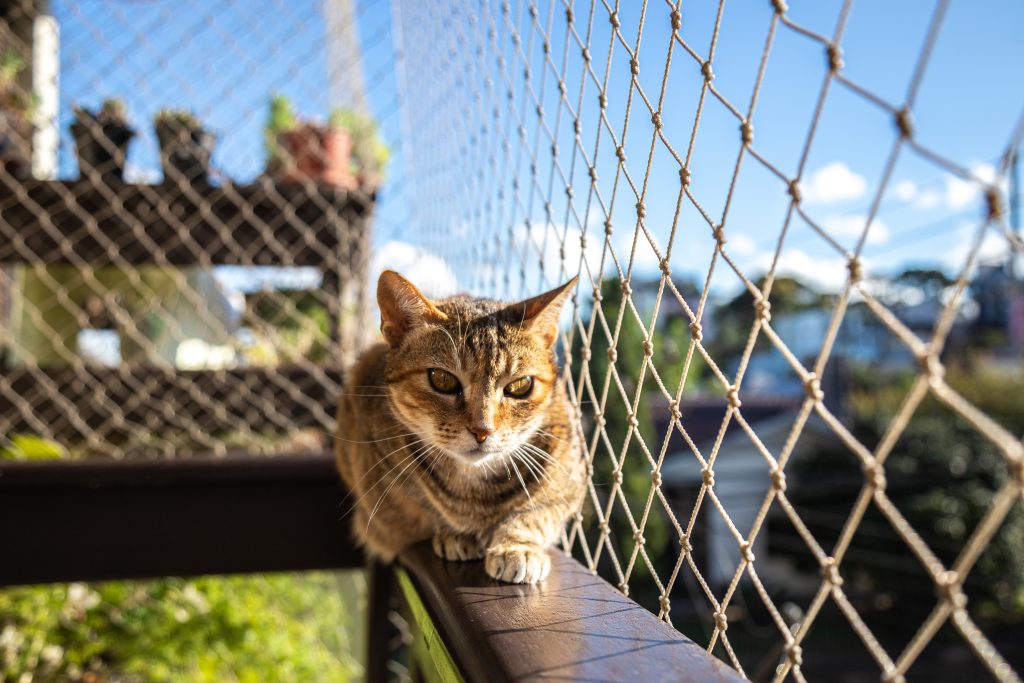
The debate between indoor and outdoor living for cats is complex and deeply nuanced. The key lies in finding the middle ground that provides the safety and security of indoor living with the enrichment and exercise of outdoor access. This balance might involve supervised outdoor adventures, enclosed spaces like catteries or catios, or even the creation of stimulating indoor environments with climbing trees, perches, and interactive toys.
Ultimately, the decision on the best living arrangement for your cat is a personal one, shaped by your cat’s unique personality, living conditions, and your own values. As pet parents, our goal is to provide a loving, safe, and enriching life for our cats to the best of our ability. By understanding the full spectrum of considerations, we can make an informed decision that aligns with our cat’s welfare and our commitment to responsible pet ownership.
Cats have been our companions through the centuries, adapting to our lifestyles and environments with their characteristic grace and independence. As stewards of these remarkable animals, we carry the duty of ensuring their well-being with every choice we make, whether it’s to embrace the hushed confines of indoor life or venture out into the whispering wilds. Our bond with our cats is as unique as each of their nine lives, and in cherishing that bond, we seek not to confine, but to enhance the very essence of their feline existence.
The Catington Post is reader-supported. That means, if you make a purchase through links on our site, we may earn an affiliate commission. All images and names which are not the property of The Catington Post are the property of their respective owners.